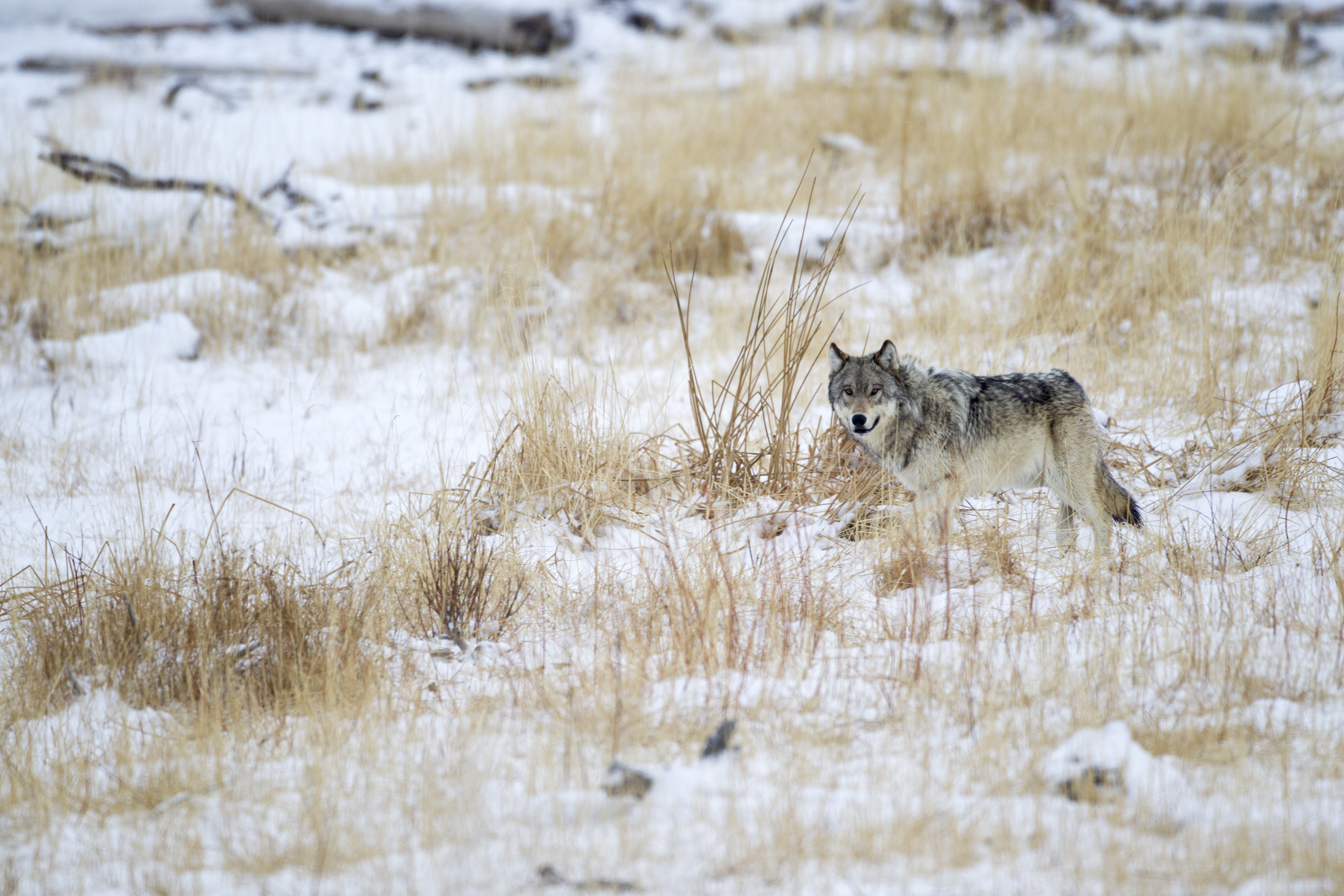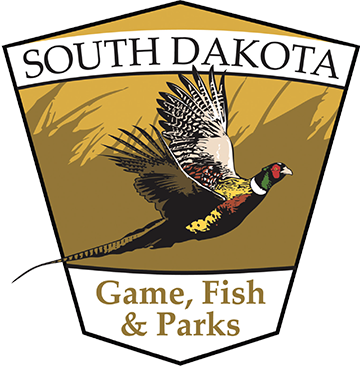Wolf
On February 10, 2022, a District Court decision ruled that the United States Fish and Wildlife Service (USFWS) must re-instate wolves under the Endangered Species Act (ESA) protections, with the exception of wolves in the Northern Rocky Mountains. Therefore, the South Dakota Game, Fish and Parks (GFP) no longer has management authority over gray wolves, and they can no longer be hunted or trapped in South Dakota.
On January 4, 2021, the gray wolf was delisted as a federally protected species following 45 years of protection under the Endangered Species Act. This action allowed GFP to manage wolves as a predator as defined in state law.
Under GFP’s management authority, trappers, sportsmen and women, landowners and livestock producers had the ability to harvest gray wolves across the state. Now, because wolves are no longer under GFP management, individuals may only harvest a gray wolf if it is posing a danger to human life.
Over the past few years, South Dakota has had a handful of gray wolves killed on both sides of the Missouri River; however, South Dakota does not have a resident gray wolf population. The gray wolves that have been present in South Dakota are transient animals that have dispersed from populations east and west of the state.

| Coyote (Canis lantrans) | Gray Wolf (Canis lupus) | |
| Face | Narrow and pointed; small nose pad | Broad and blocky; large nose pad |
| Ears | Taller and pointed | Short and rounded |
| Shoulder Height | 21-24 inches | 26-32 inches |
| Length | 3.5 - 4.5 feet (nose to tail tip) | 4.5-6.5 feet (nose to tail tip) |
| Weight | 15-50 pounds | 70-150 pounds |
| Coat | Gray or reddish-brown, often grizzzled, often with whitish throat, chest and/or belly. | Grizzled gray is the most common, but can also be mostly or all black; white or cream coats rare outside far northern populations. |

